
Toenail Fungus
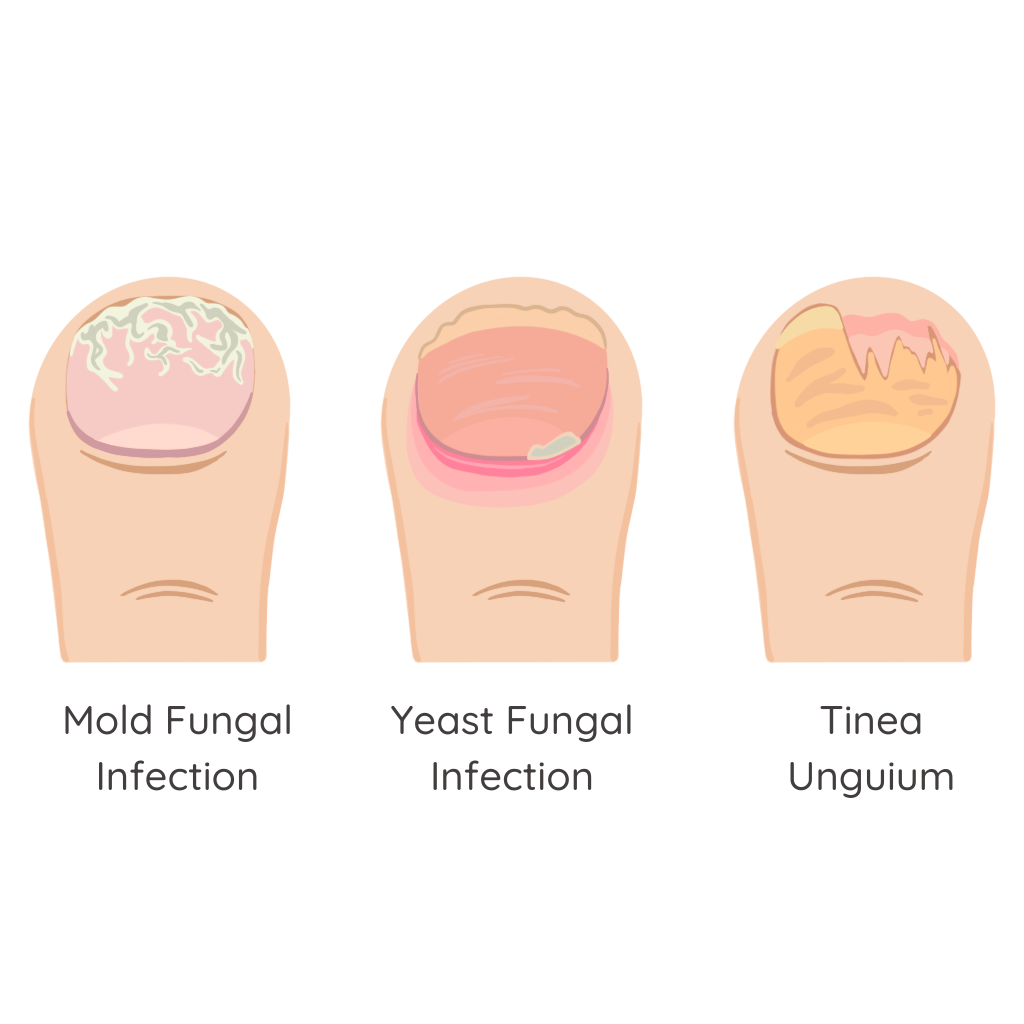
What is it?
Toenail fungus, also known as onychomycosis, is a common condition that affects the nails, causing them to become thickened, discolored, brittle, or misshapen. It often develops due to a fungal infection that thrives in warm, moist environments, such as those found in shoes or public areas like pools and locker rooms. Factors like poor foot hygiene, wearing tight-fitting shoes, or a weakened immune system can increase the risk of developing this condition. While toenail fungus is generally not harmful, it can cause discomfort and self-consciousness. Understanding the causes and contributing factors is key to exploring effective treatments, helping you restore healthy, strong nails and regain confidence in your feet!
Key Facts
- It’s Highly Contagious: Fungal infections can spread through direct contact or contaminated surfaces like public showers, swimming pools, nail salons, and shared shoes or socks.
- Certain Factors Increase the Risk: People with diabetes, weakened immune systems, poor circulation, excessive sweating, or frequently damp feet are more prone to toenail fungus.
How long does it last? Does it Relapse?
- Without treatment, the infection spreads deeper, causing pain, crumbling nails, and even permanent nail damage. It can also spread to other nails or skin.
- Toenail fungus can return, especially if feet are exposed to warm, damp environments or if proper foot hygiene isn’t maintained. Preventative measures, such as antifungal sprays, keeping feet dry, and disinfecting shoes, are essential to reduce recurrence.
Is it curable or treatable?
- It’s Difficult to Get Rid of Completely: Toenail fungus is stubborn and may take months to years of consistent treatment with oral antifungals, medicated nail lacquers for full clearance. Laser therapy can potentially provide full clearance in a 1-3 sessions.
- Even with treatment, full recovery takes time: Toenails grow slowly, so even after the infection is cleared, it can take 6-12 months for a new, healthy nail to fully replace the damaged one.
- Prevention Is Key: Keeping feet clean and dry, trimming nails properly, avoiding barefoot walking in public areas, and disinfecting shoes and socks can help prevent reinfection.
Before & After
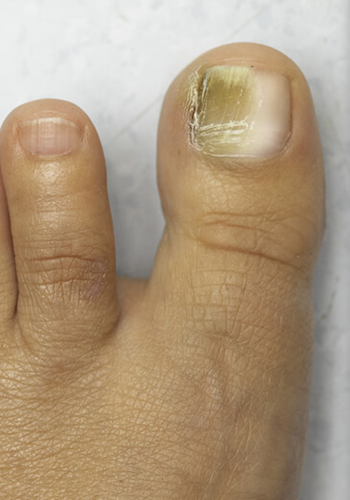
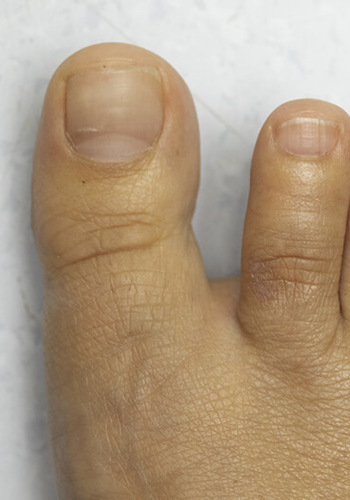
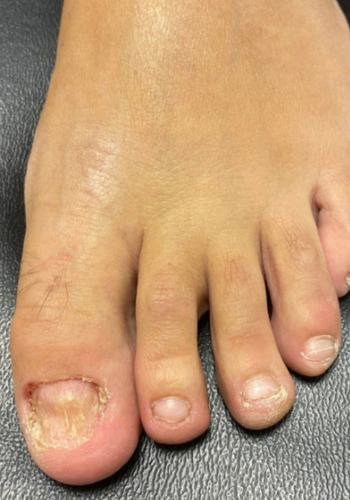
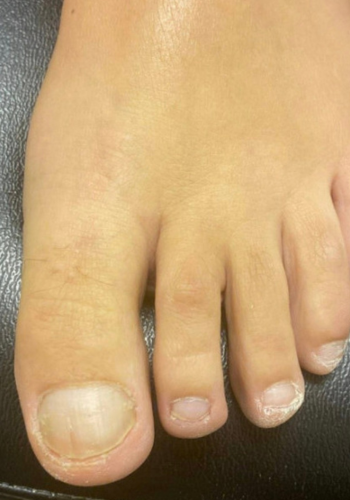
Our treatments
We combine medical and aesthetic expertise to create personalized skincare solutions using advanced laser and energy-based devices.

FAQ
Q: Is toenail fungus contagious?
A: Yes, it is highly contagious and can spread through direct contact or contaminated surfaces, like shared towels, nail clippers, and public floors.
Q: What are the best treatment options?
A: Treatments include oral antifungal medications, topical treatments, laser therapy, and in severe cases, nail removal. A combination of treatments often provides the best results.
Q: Is toenail fungus removal covered by insurance?
A: Toenail fungus laser treatment is usually not covered by insurance because it’s considered a cosmetic procedure.
Q: Should I cut my toenail off if it has fungus?
A: Toenail removal is usually not necessary for a fungal infection, but it may be an option in severe cases.

